News
Conicyt opens Atacama Astronomical Park
Published 10-01-2014
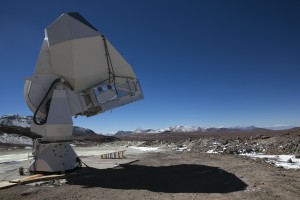 The park is set after receiving a land grant 36 hectares of the Ministry of National Assets, that have the quality of scientific reserve protecting the territory of light pollution, Radio and potential mining operations such, geothermal and water, that might prevent the development of astronomical observation.
The park is set after receiving a land grant 36 hectares of the Ministry of National Assets, that have the quality of scientific reserve protecting the territory of light pollution, Radio and potential mining operations such, geothermal and water, that might prevent the development of astronomical observation.
After a decade of work, National Commission for Scientific and Technological, CONICYT, Astronomical Park opened the Atacama, which will enable the installation of new projects astronomical observation, which will be added to the two already operating in the area, taking advantage of the unique conditions of this place and redound directly in the development of the Chilean astronomical science.
The Minister of National Assets, Rodrigo Perez, presented the Territorial Concession 50 years the President (s) CONICYT, Mateo Budinich, an area of 36.381,02 hectares in the area called Pampa La Bola, Llano de Chajnantor, municipality of San Pedro de Atacama in the Antofagasta Region, for the project "Astronomical Park Atacama", initiative that will enhance this area of the country as the global center for astronomy.
"We believe it is very important that the tremendous asset we have in astronomical matters optimize, making the most, and so we felt it was very important that an organization like CONICYT, the expertise that has, whatever it may give this place, and thus maximize the number of projects that can be installed, by lower costs and higher profits, not only for those who have access to that knowledge, but for the whole community ", said Rodrigo Perez, that said it now expects that "this is a place where we can discover the secrets of the universe".
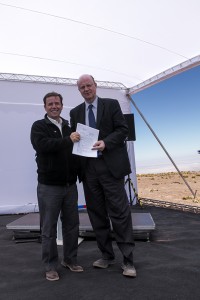
The Minister of National Assets, Rodrigo Perez, Territorial presented the Award to the President (s) CONICYT, Mateo Budinich.
Similarly said Matthew Budinich, who commented: “We hope that some of the equipment and instrumentation technology of new astronomical facilities in the country, is the result of the ability and talent of our scientists, engineers and other professionals. For it is contemplated to promote the installation of new astronomical projects in the Park, through a series of outreach strategies worldwide highlighting its virtues.
Monica Rubio, Astronomy adviser CONICYT, stresses that "now a new phase of how our country uses its natural resources and work together to develop science astronomical torque at par with the rest of the world begins. It is also a challenge that this, our first natural laboratory, you can mark trails and the way other natural laboratories to achieve this level of development ".
José Miguel Aguilera, Chairman of the Atacama Astronomical Park Foundation, advising project management, He explained that up to them to manage and encourage scientific development and create alternatives for technological innovation in our country through Astronomy. "This will enhance this territory as the world capital of astronomical science, and ultimately, will help our country to progress towards a fuller development. With this opening astronomers invite everyone to locate their telescopes in the Park and share their experiences with local scientists and instrumentation ".
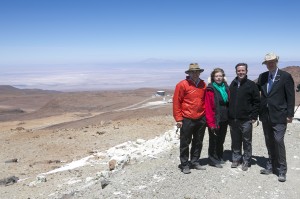
Alvaro Fischer, President of Fundación Chile; Monica Rubio, Astronomy adviser to the President of CONICYT; Minister of National Assets, Rodrigo Perez; and Matthew Budinich, president (s) CONICYT.
Finally, Alvaro Fisher, President of Fundación Chile and board member of the Astronomical Park Foundation, He noted that this date marks a milestone, as the country begins to take the subject of astronomy "seriously" to provide it with an appropriate institutional framework in the long run.
"Having a permanent institution with clear rules, contribute to increase the density of this area of science, which obviously will impact all disciplines grouped around. It also will help the country ownership astronomy, a discipline that combines fundamental questions that humans have raised us from our appearance on earth, edge science and in this sense Chile connects with the heart of the century ", Fisher pointed.
Project
The Astronomical Park gathers unique conditions for observing the Universe, thanks to the exceptionally clear and transparent skies, for working in the sub-millimeter range, infrared and optical. This expedited access to the plain sum, located more than five thousand meters above sea level and thanks to its relative isolation from urban centers make it a place of ideal conditions for astronomical observations.
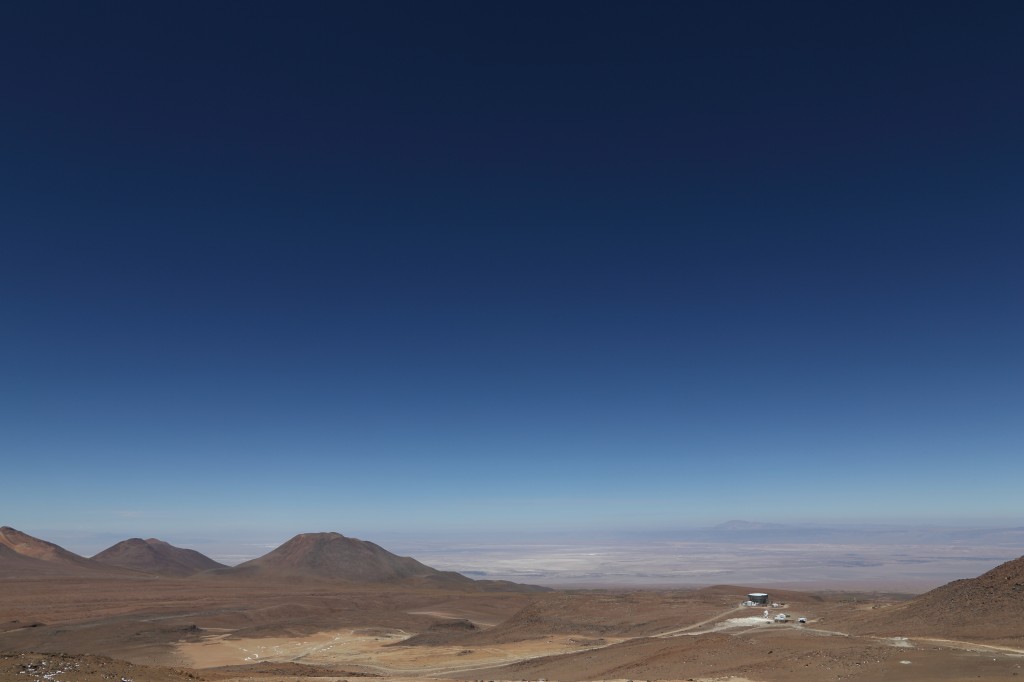
A view of the Atacama Astronomical Park, where you can spot the Atacama Cosmology Telescope (ACT); and telescope PolarBear.
In the Astronomical Park Atacama already installed a number of projects. In the Cerro Toco are PolarBear, a collaboration between US, Canada, UK, Japan and France, in operation since 2010; y Atacama Cosmology Telescope (ACT), Telescope 6 m. in operation since 2007, studying the early universe and large galaxies; and soon CLASS, a 5.200 meters.
At Cerro Chajnantor 5.640 meters high is installed mini-TAO project (Tokyo Atacama Observatory), which has an experimental telescope feet in diameter (which is higher up in the world). Also in the Cerro Chajnantor, a 5.570 meters, are the monitoring stations CCAT project and the University of Concepción. Given the unique characteristics obtained during the monitoring period, CCAT representatives have expressed the Government of Chile requesting to install a telescope 25 meters, which will become the world's largest telescope operated at that height.
The territory that covers the Atacama Astronomical Park was declared "area of scientific interest for mining purposes" for the first time 1998 and, later, se entregó el área en concesión de corto plazo a CONICYT. Mediante D.S. Nº 90 Date 21 October 2005, se expresa la protección periférica de las instalaciones astronómicas existentes, impidiendo la instalación de faenas que pueden causar perturbaciones ópticas y de radio en los cielos de la zona.
La doctora Mónica Rubio explica que adicionalmente, los científicos chilenos podrán participar directamente de los avances y la tecnología de punta que implementarán estos proyectos, pues obtendrán un 10% del tiempo de observación disponible.
La coordinación de los proyectos y administración de los espacios comunes estará dada por CONICYT, que incluirá, la promoción de inversiones astronómicas y ciencias afines, el monitoreo ambiental, interference control and the protection and security of the area, as the development of special interest tourism.
During the construction phase and operations generating a significant source of local jobs and regional expected, as well as staff training in areas of development of the art.
Related News
APEX Observing Time
07-03-2019
Concurso Propuestas de Observación Astronómica para Tiempo Chileno en el Telescopio APEX 2019-B
News
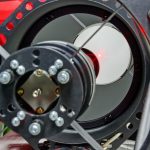
29-11-2018
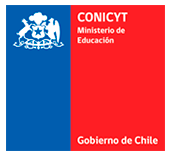
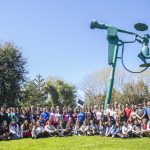

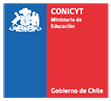

Leave a Reply